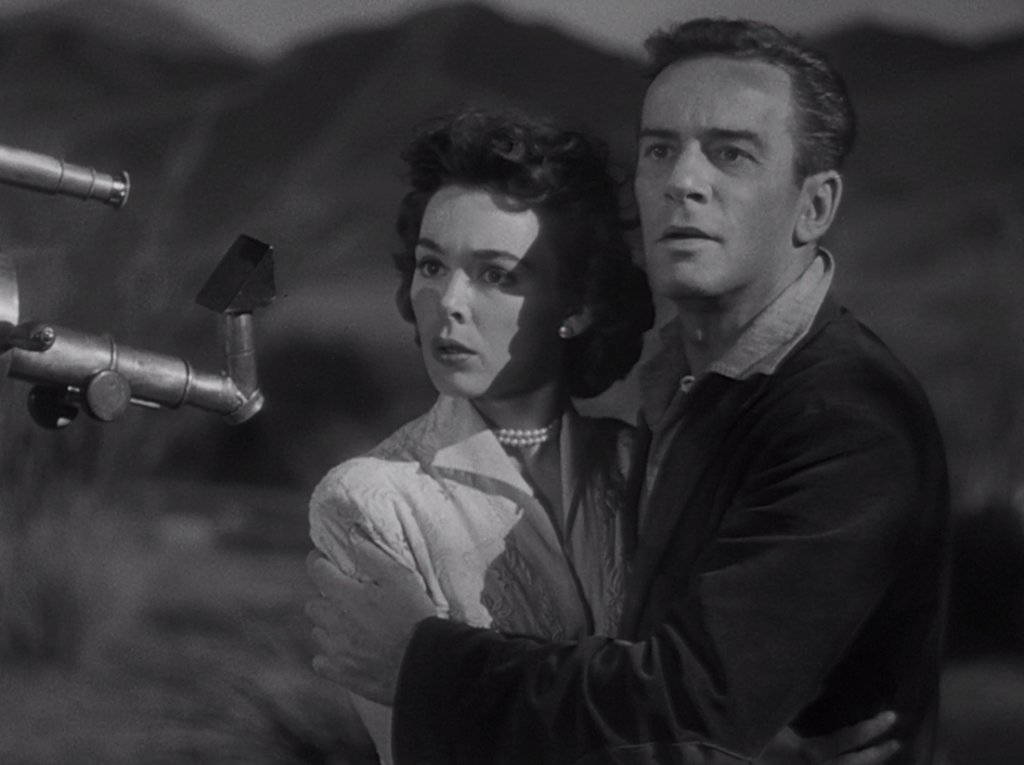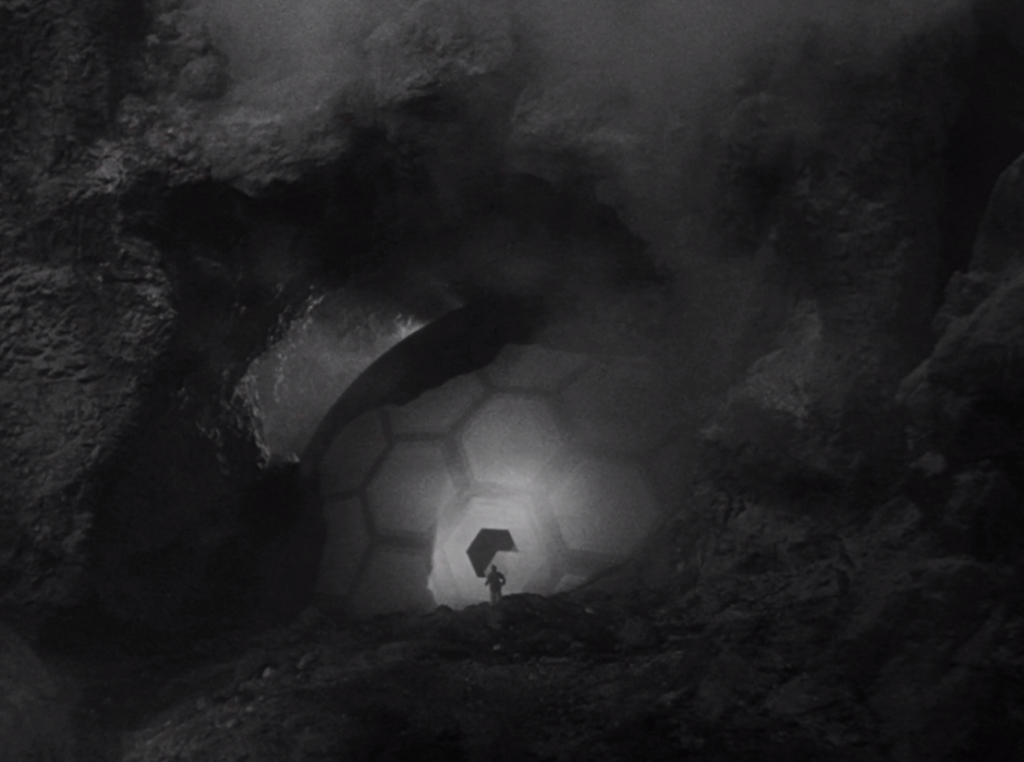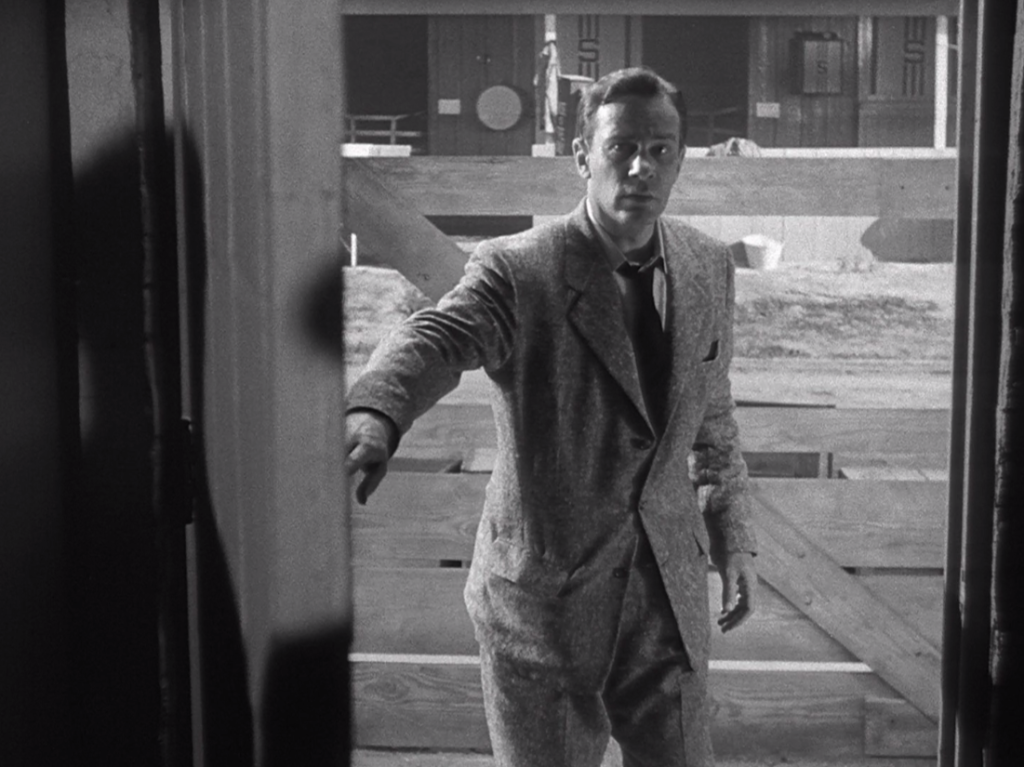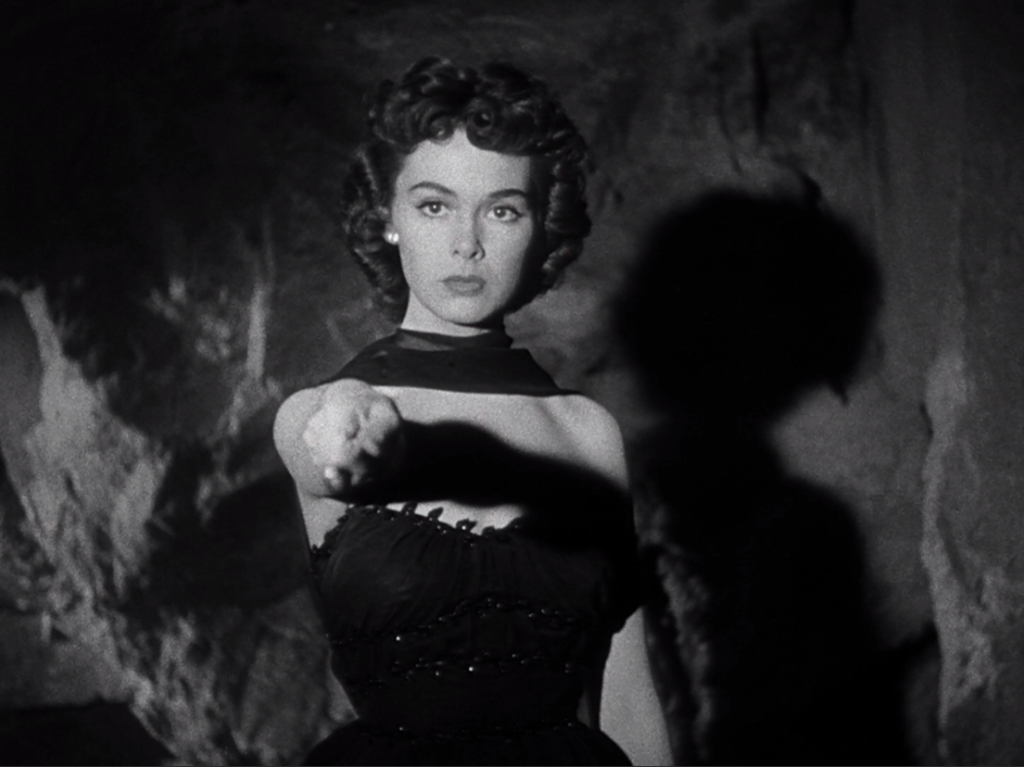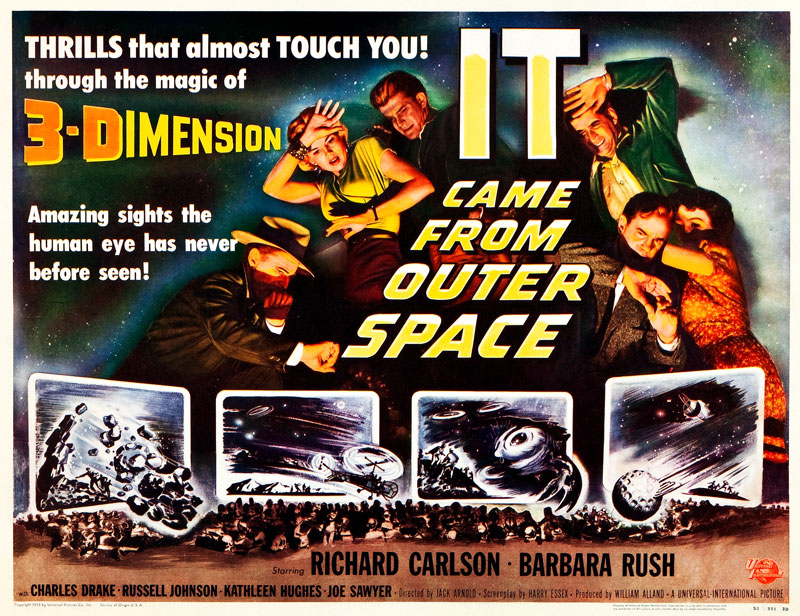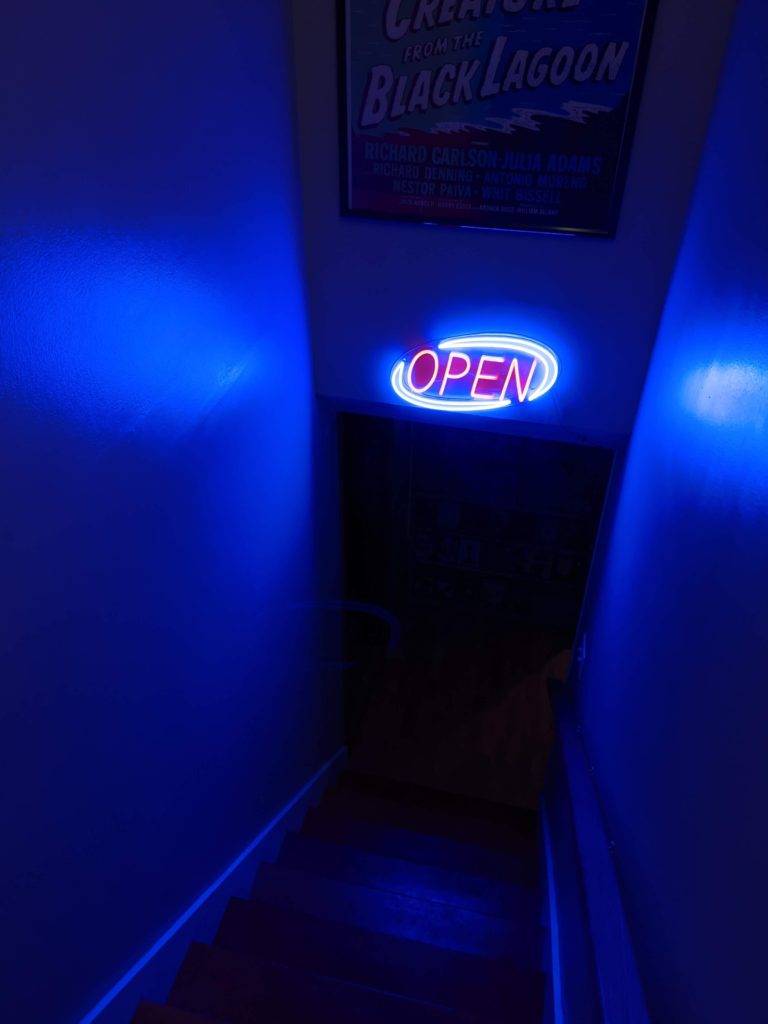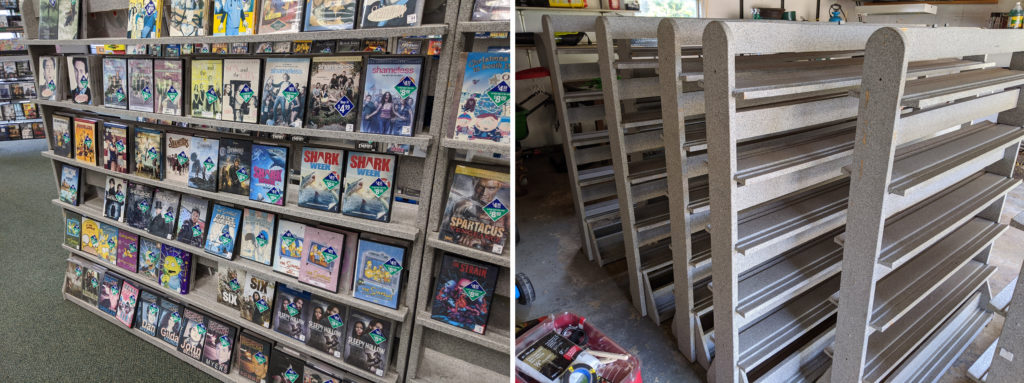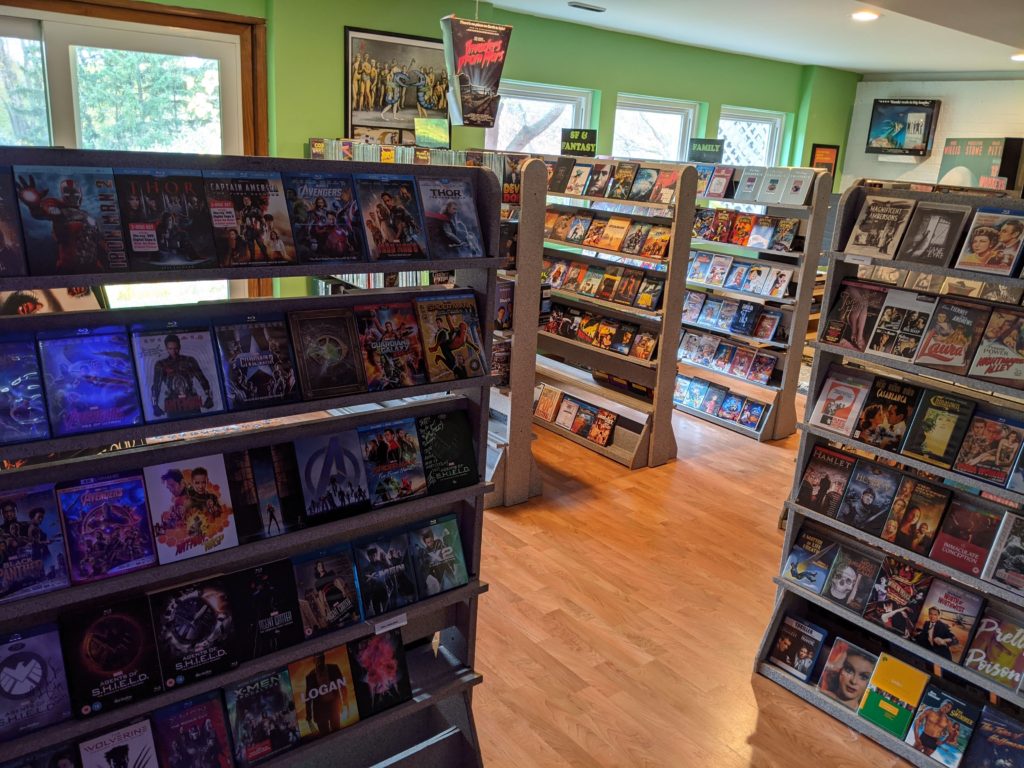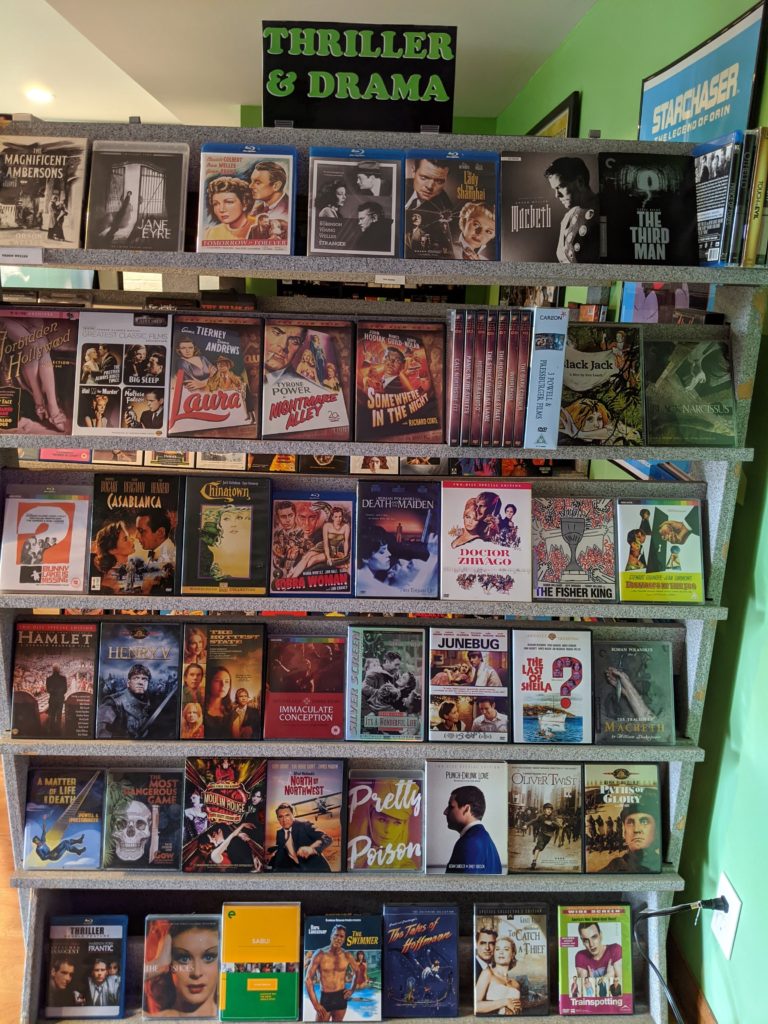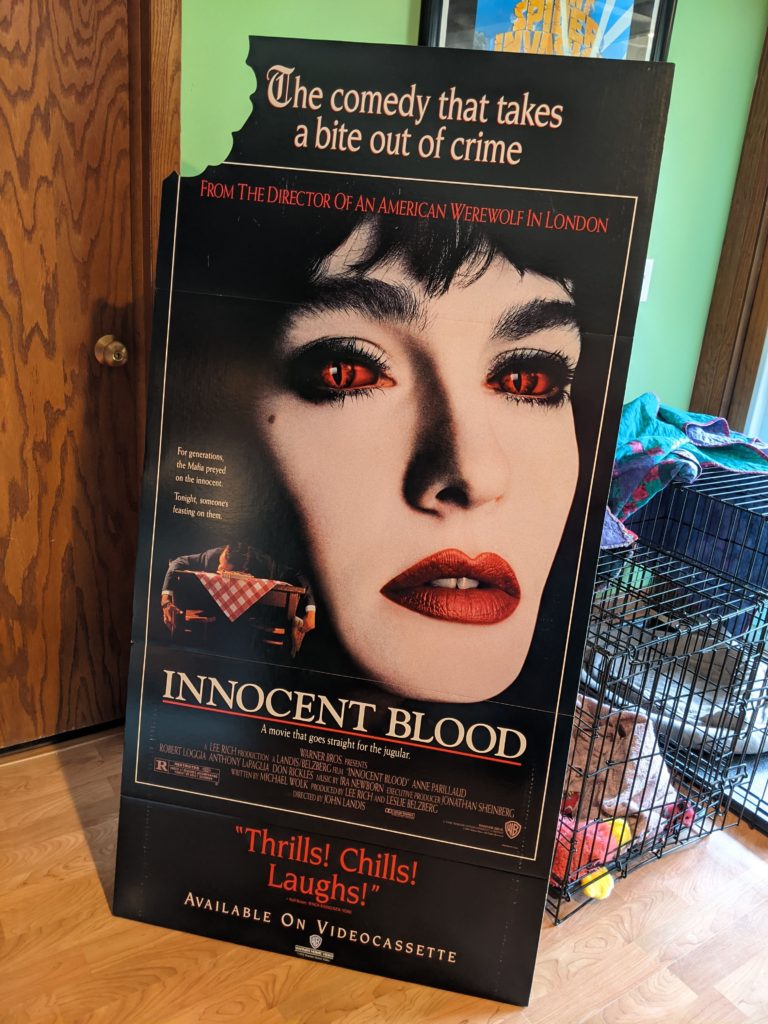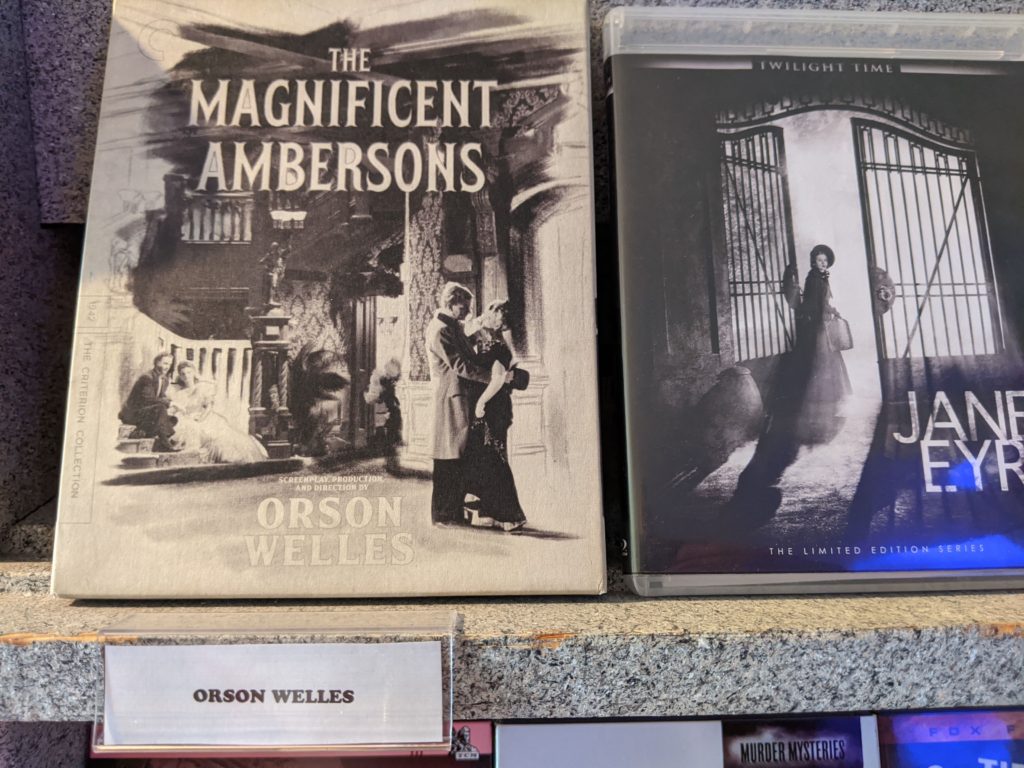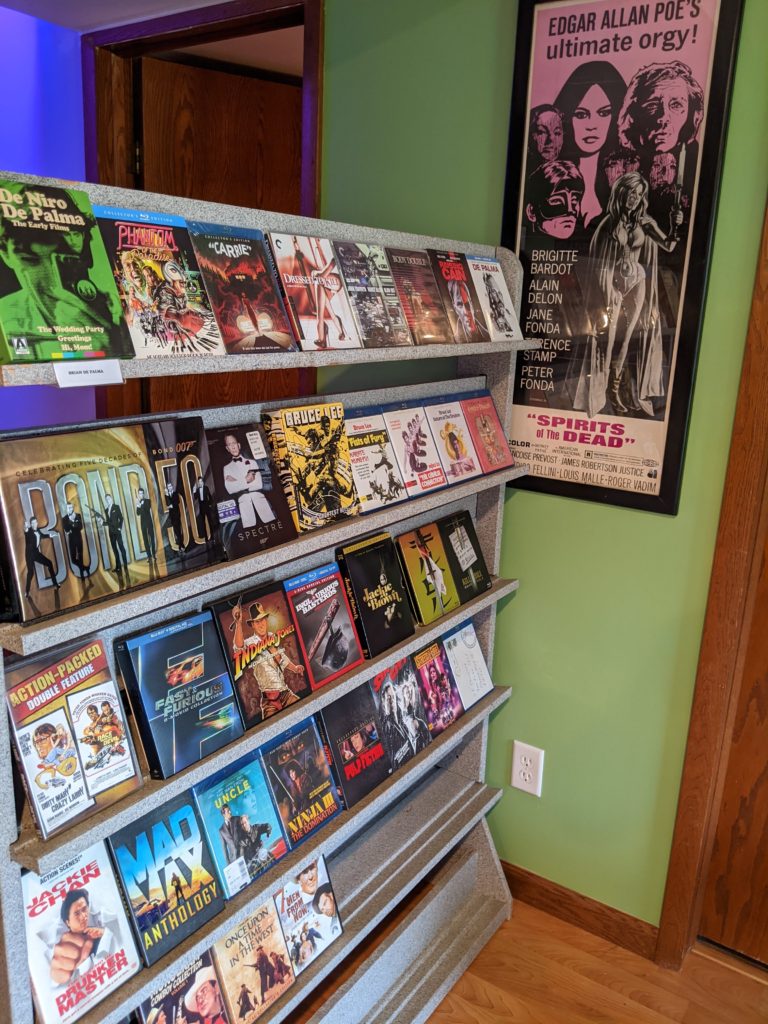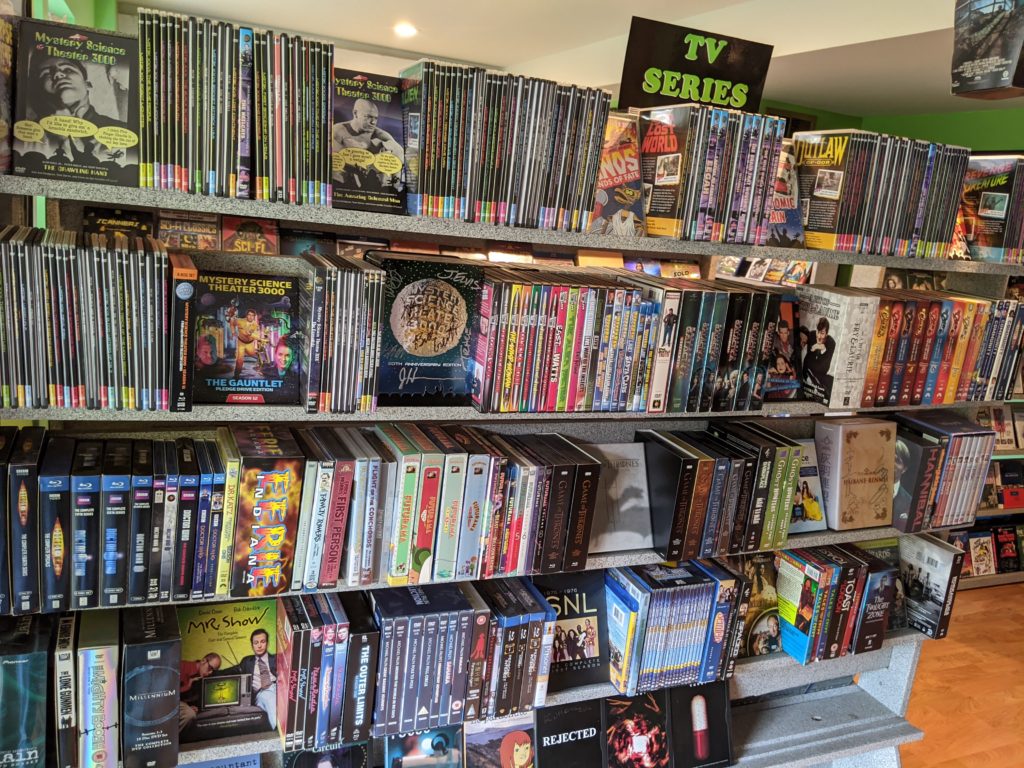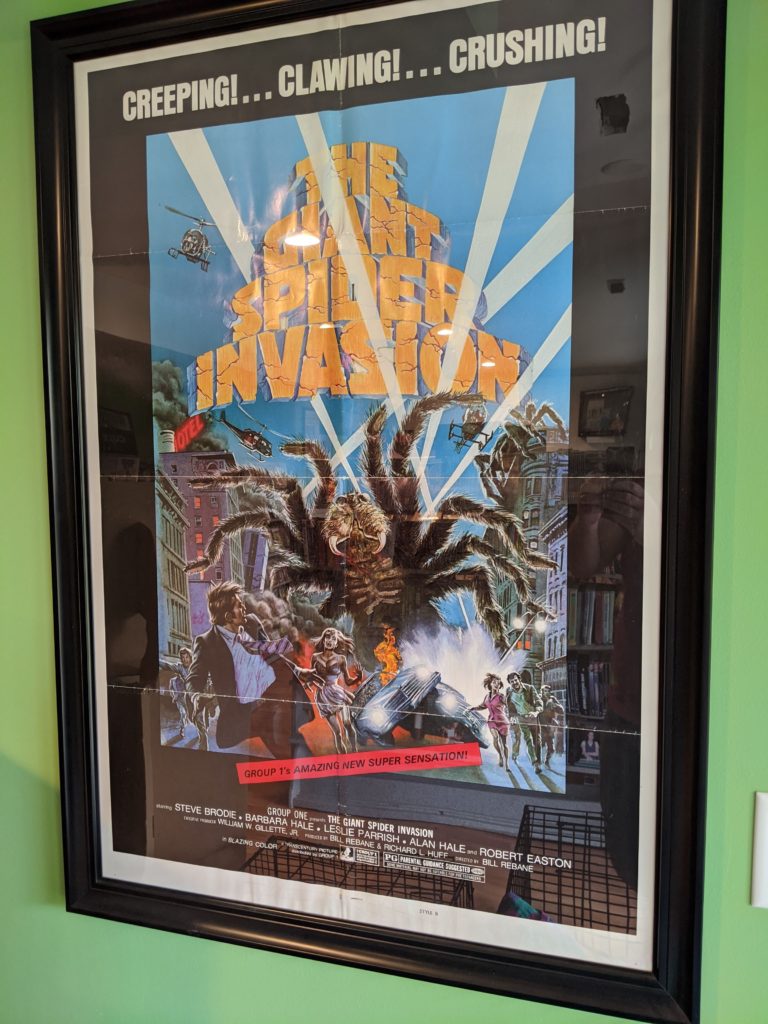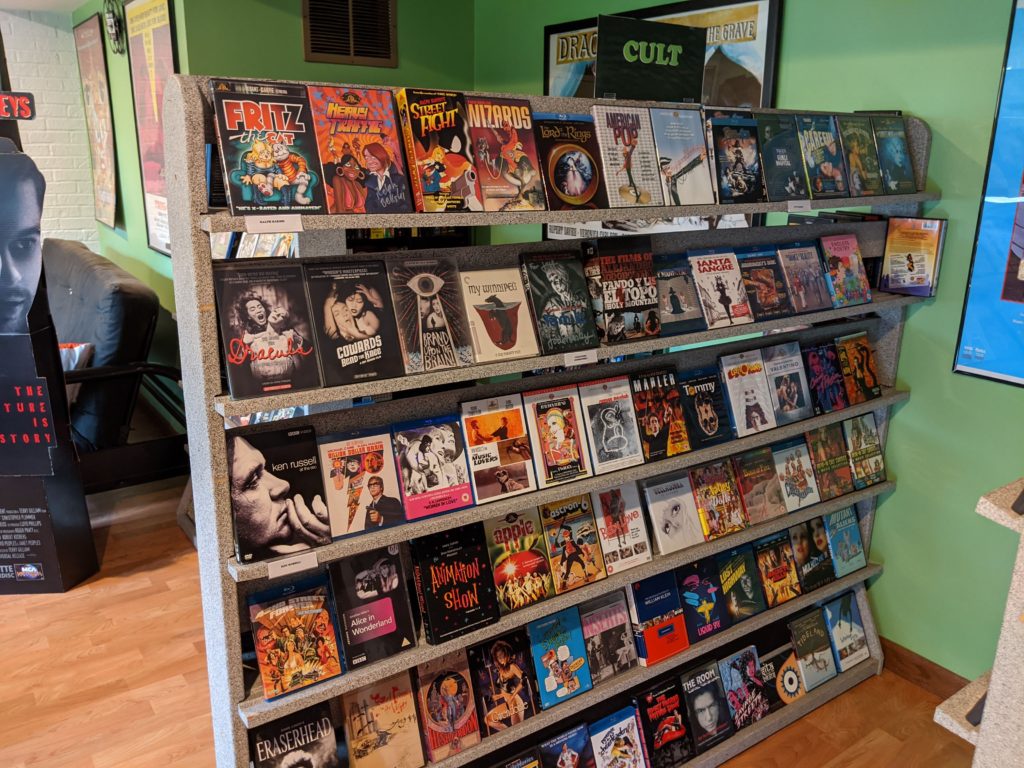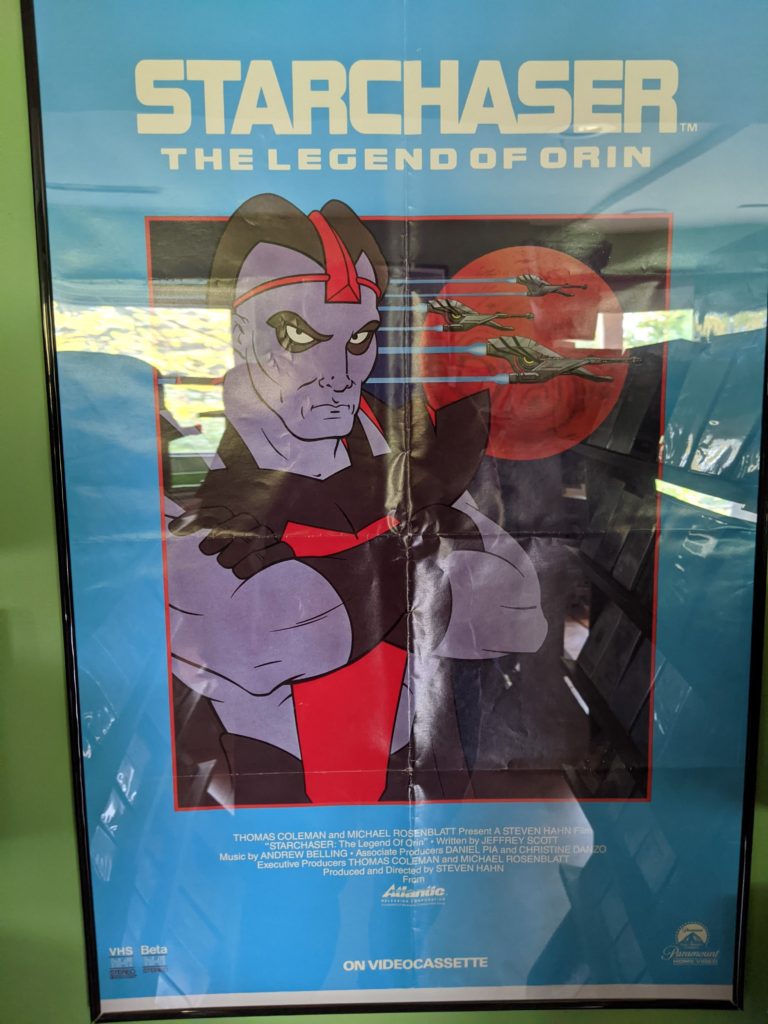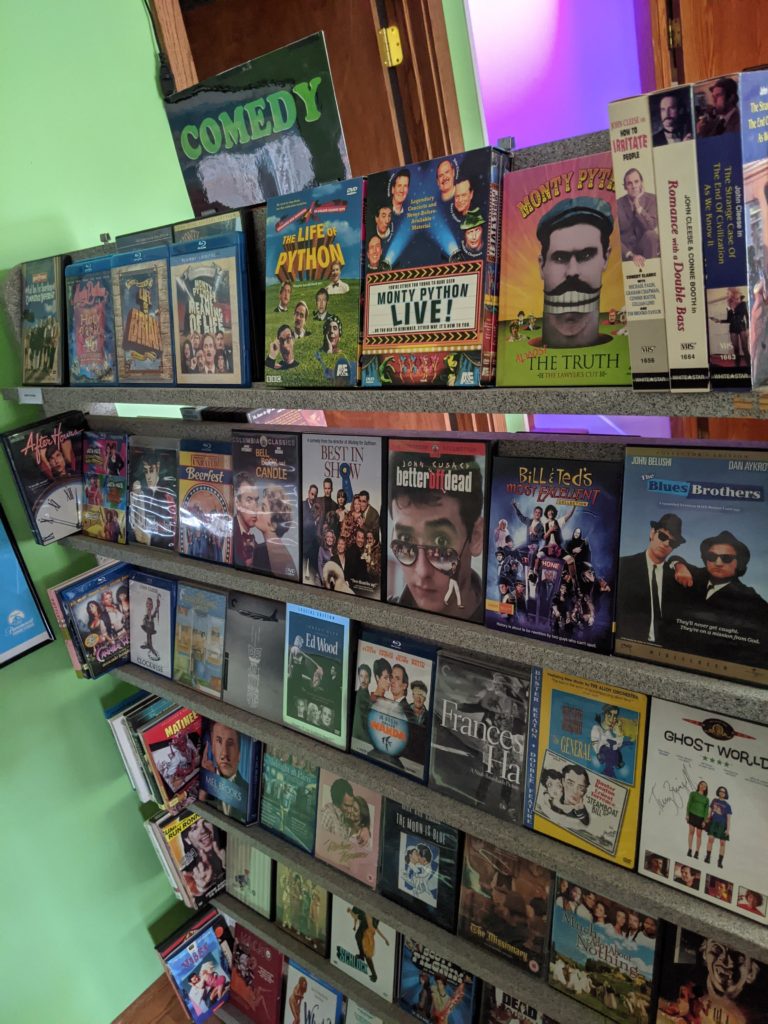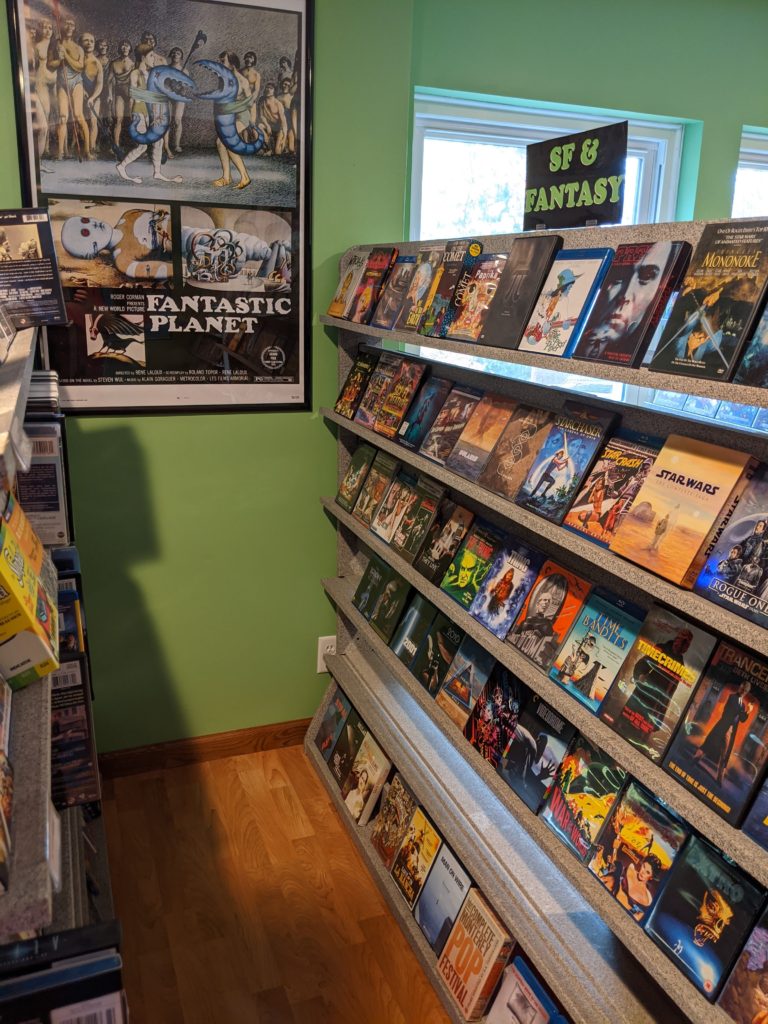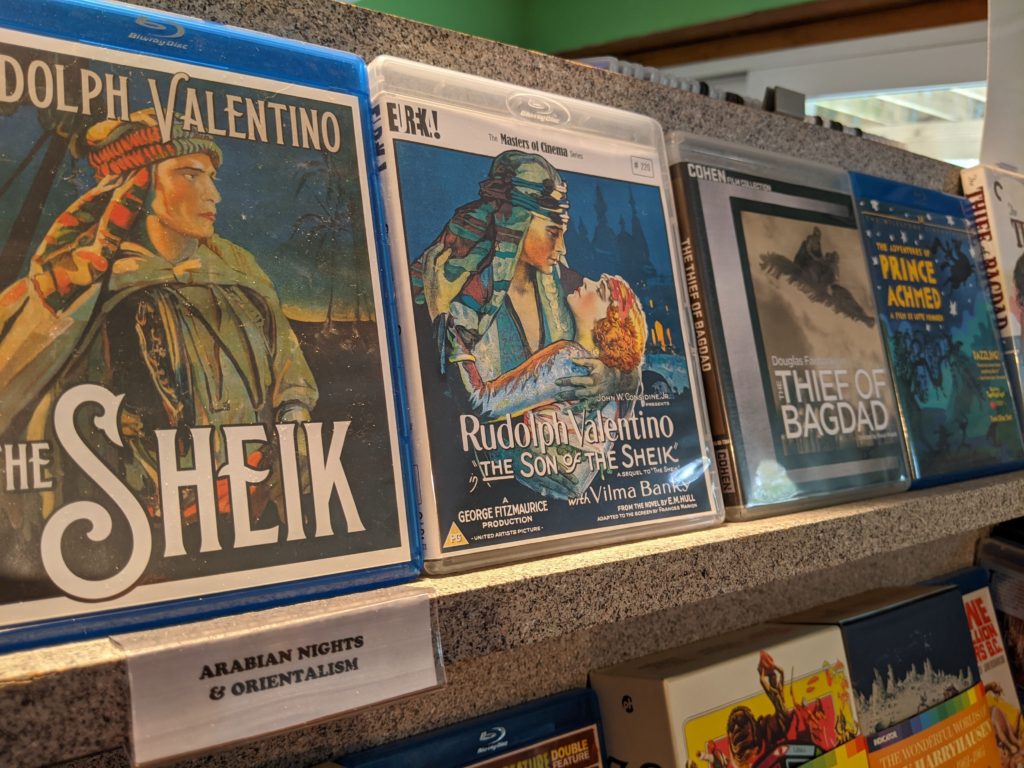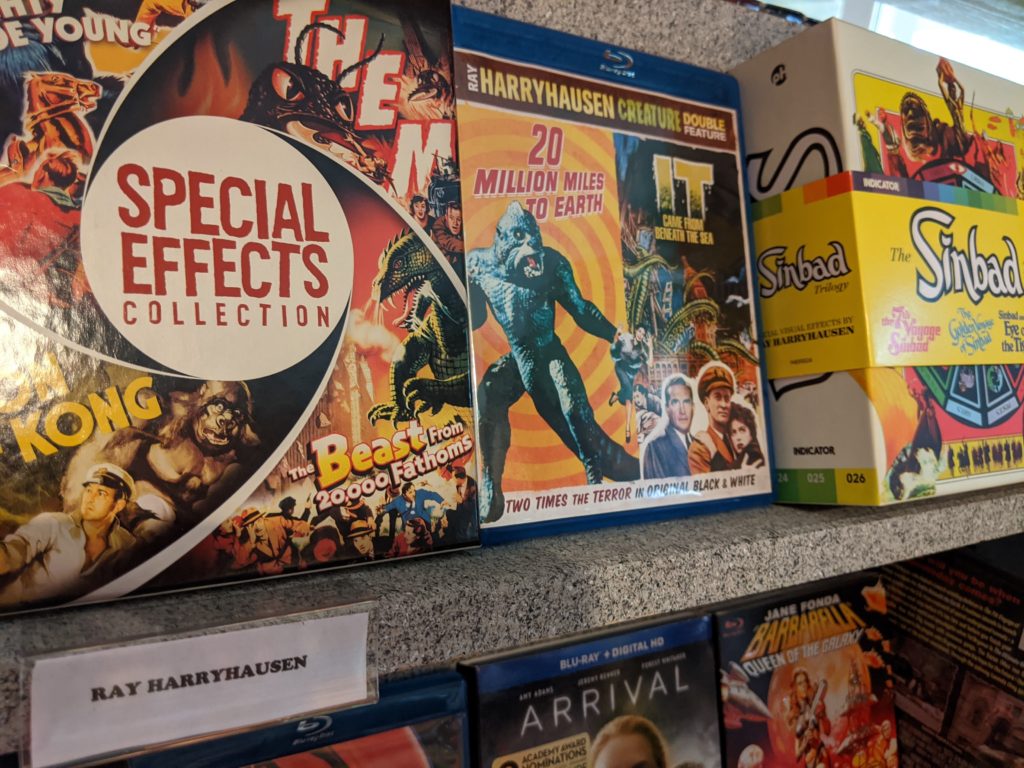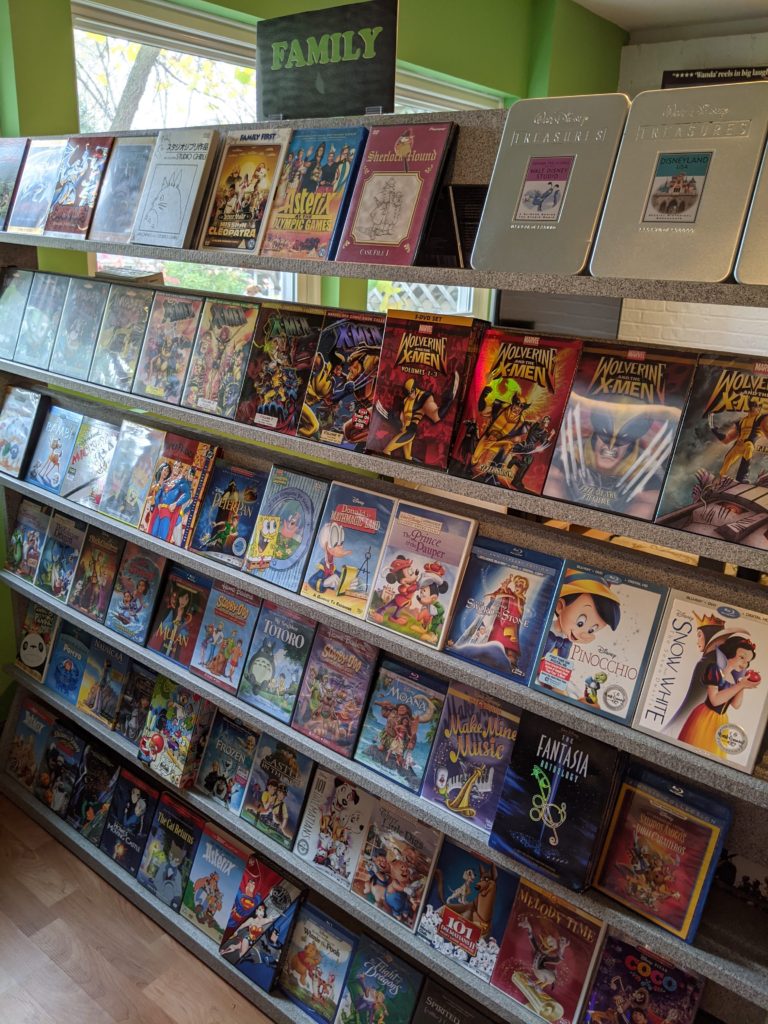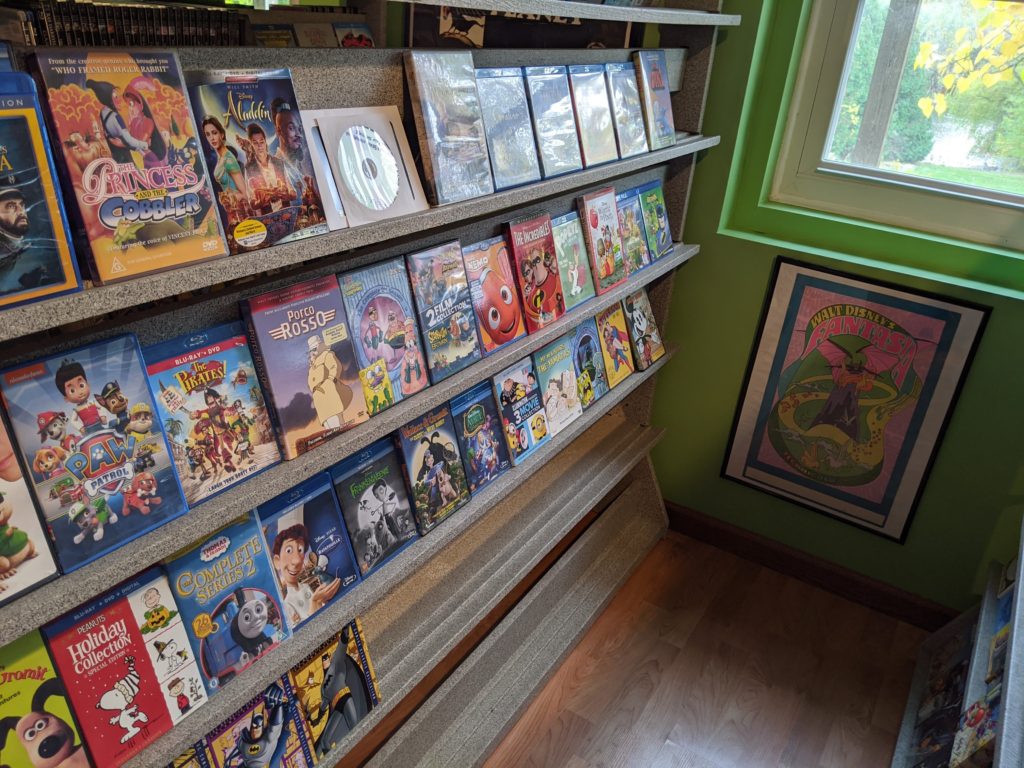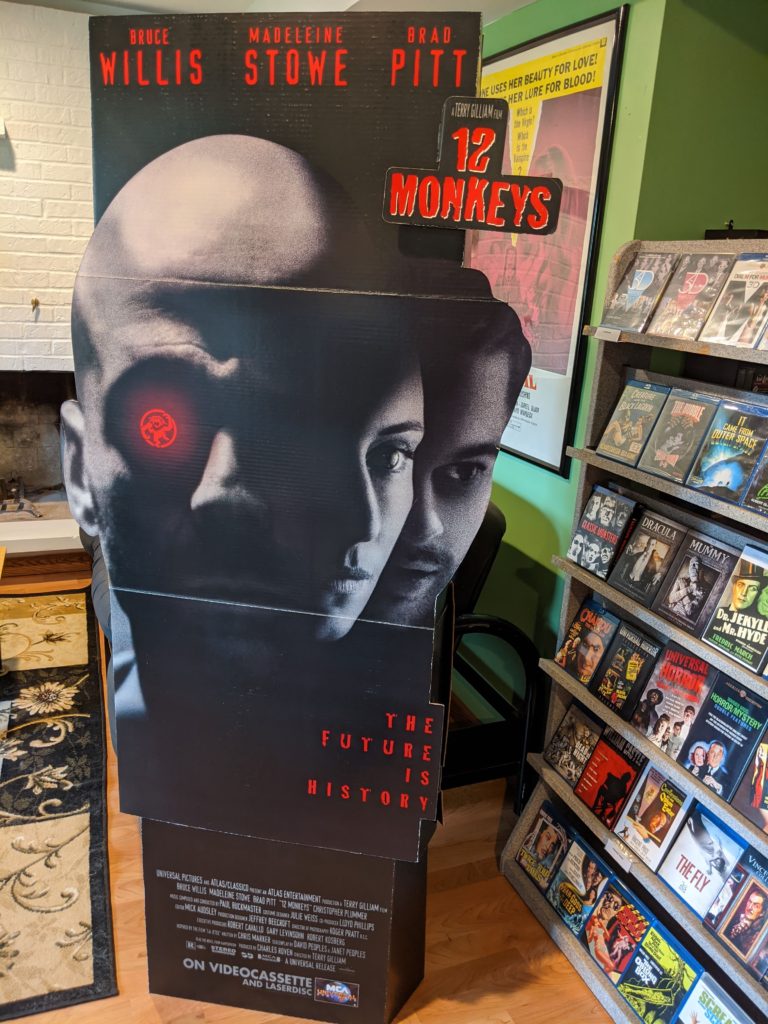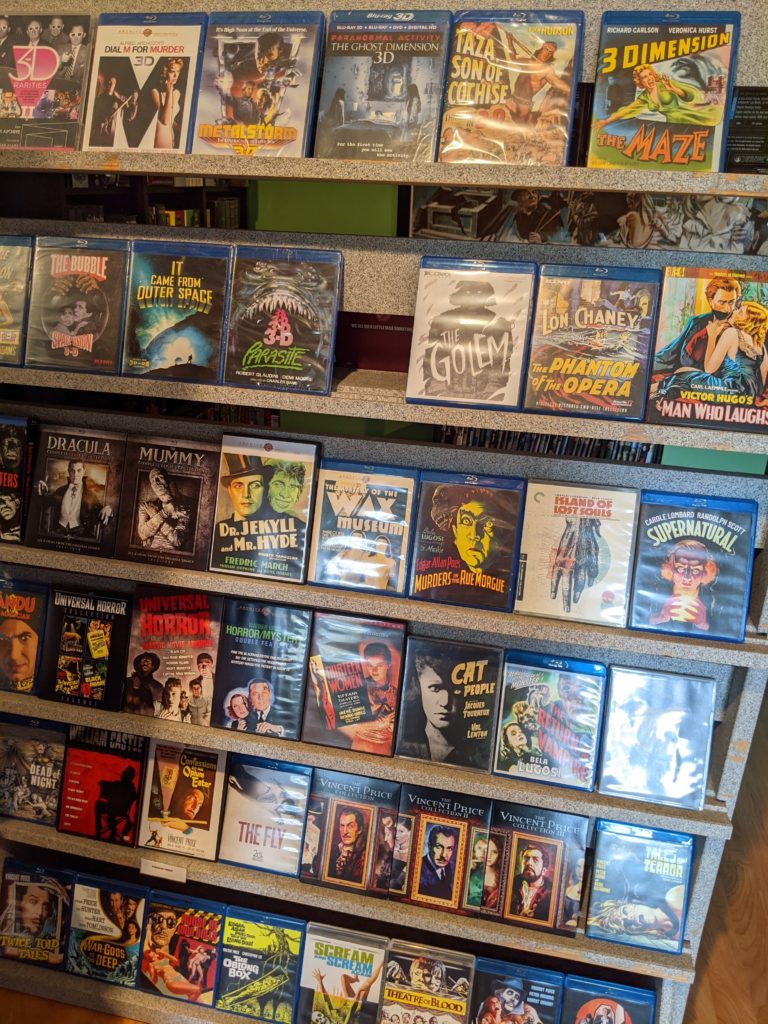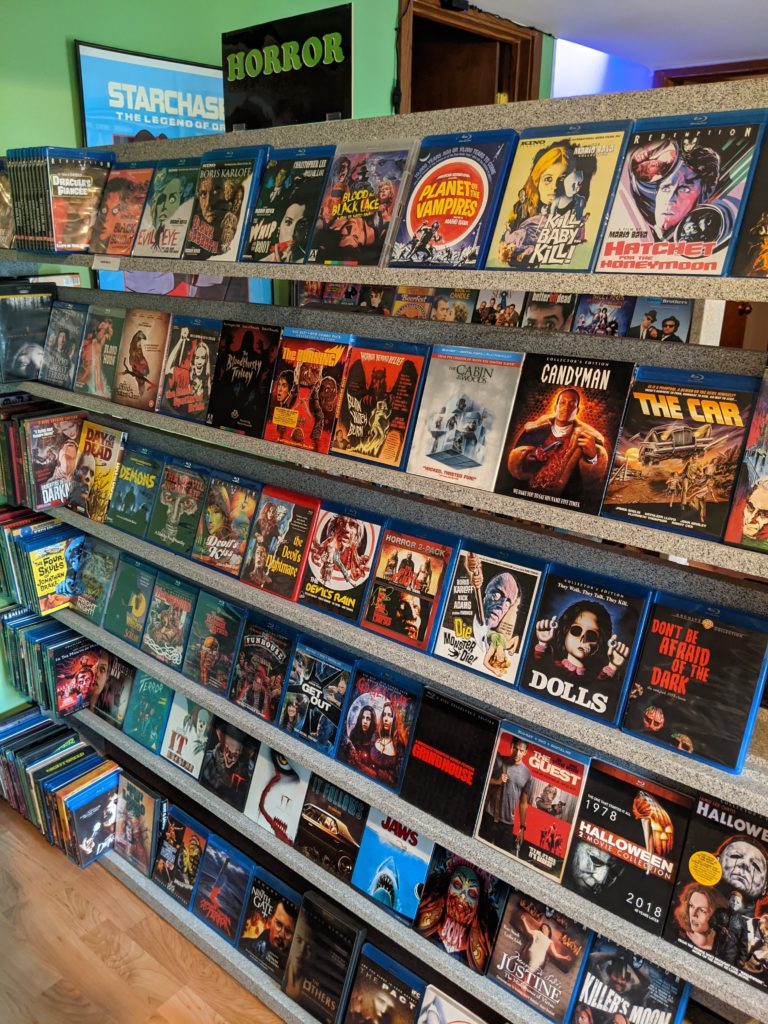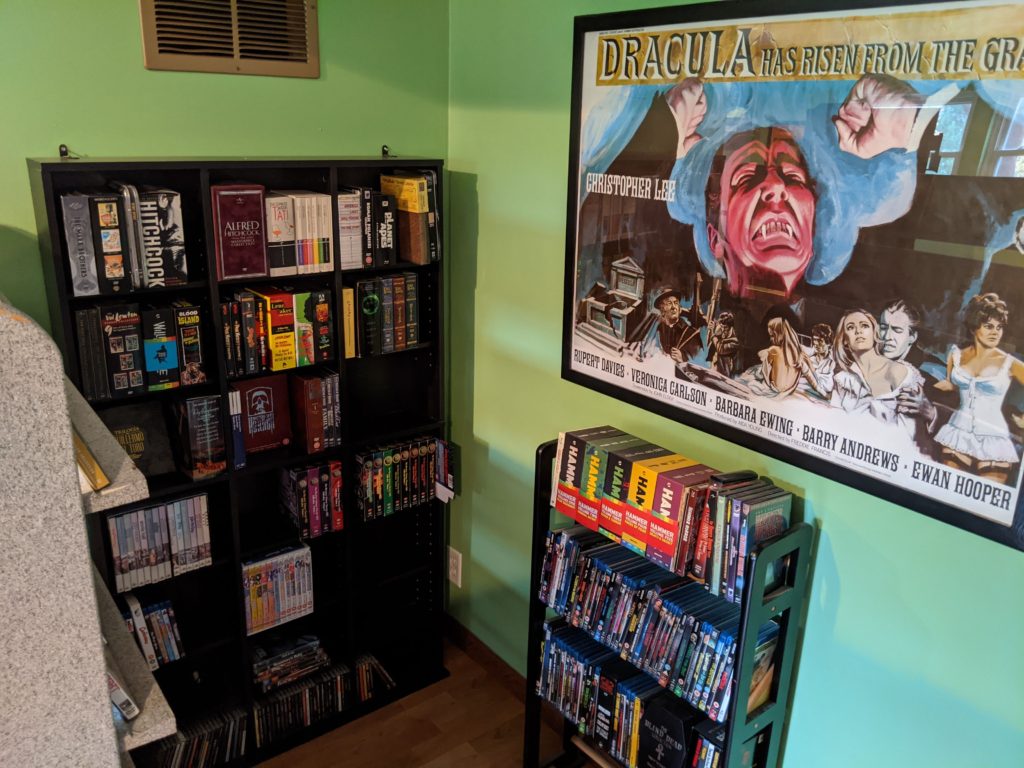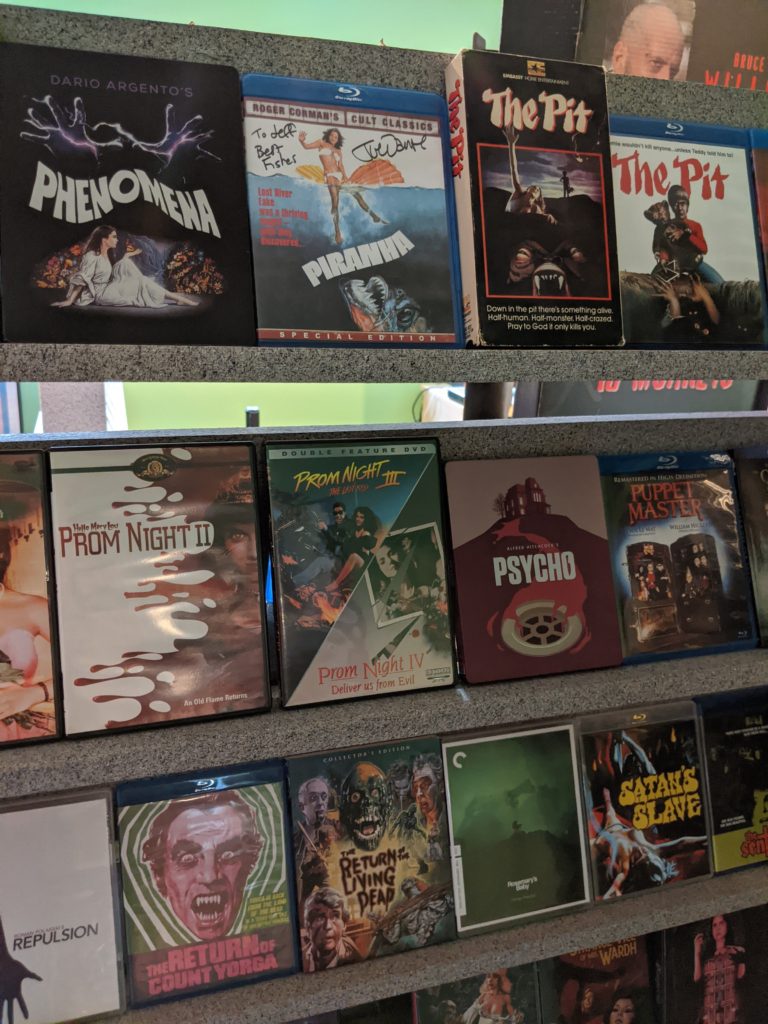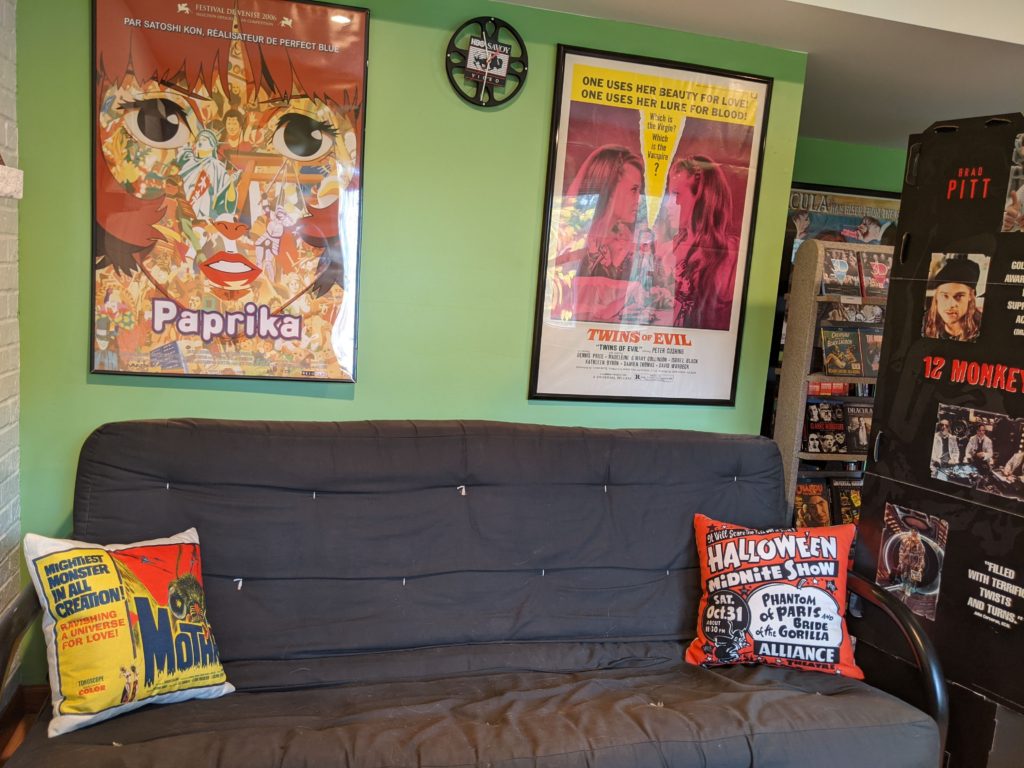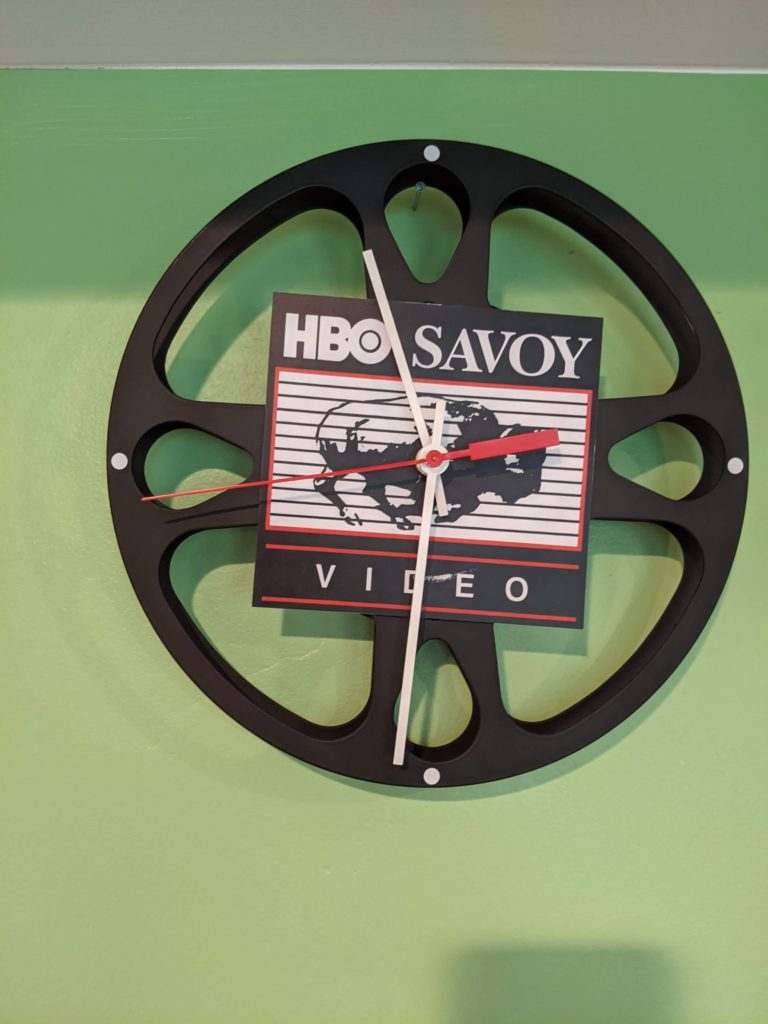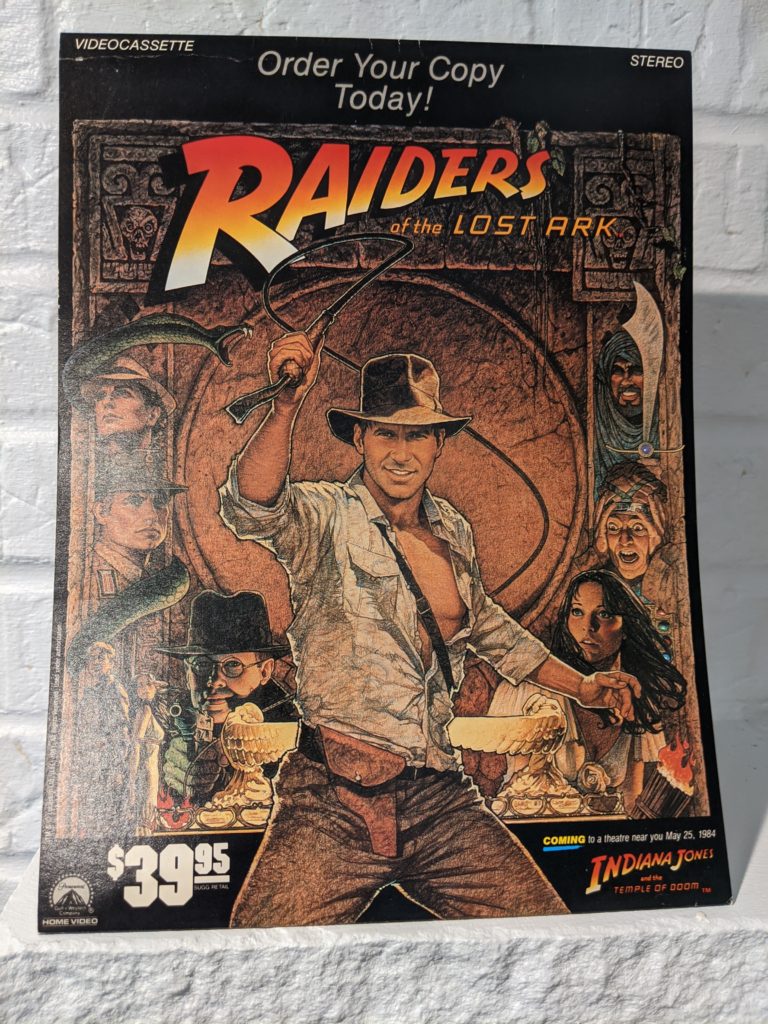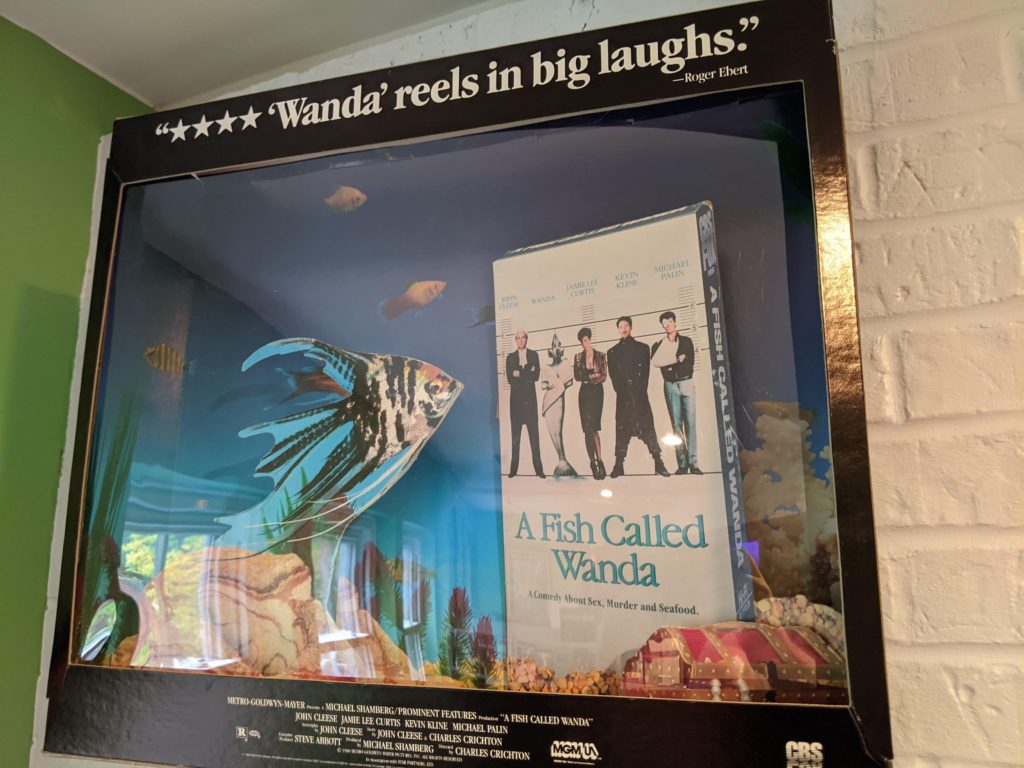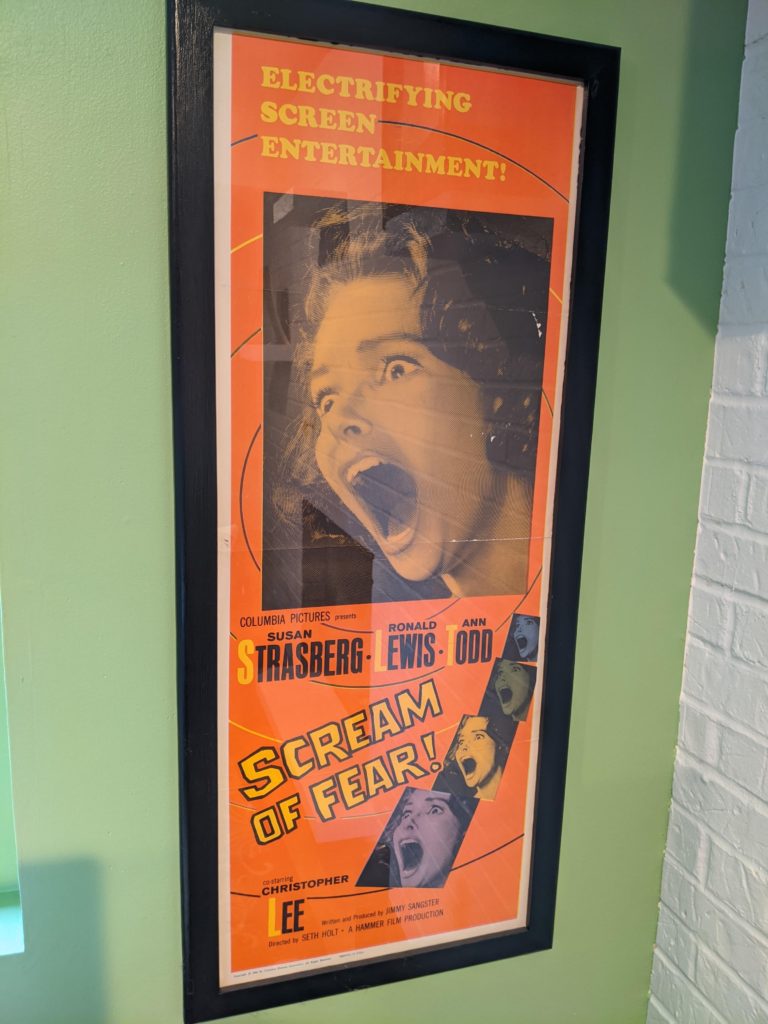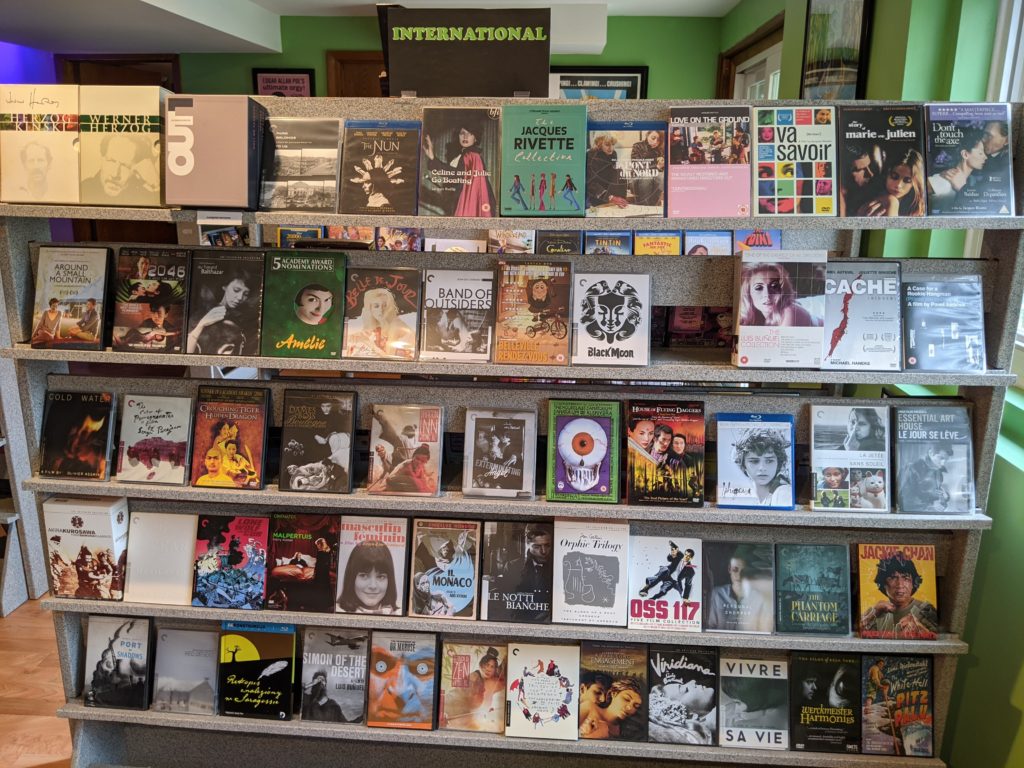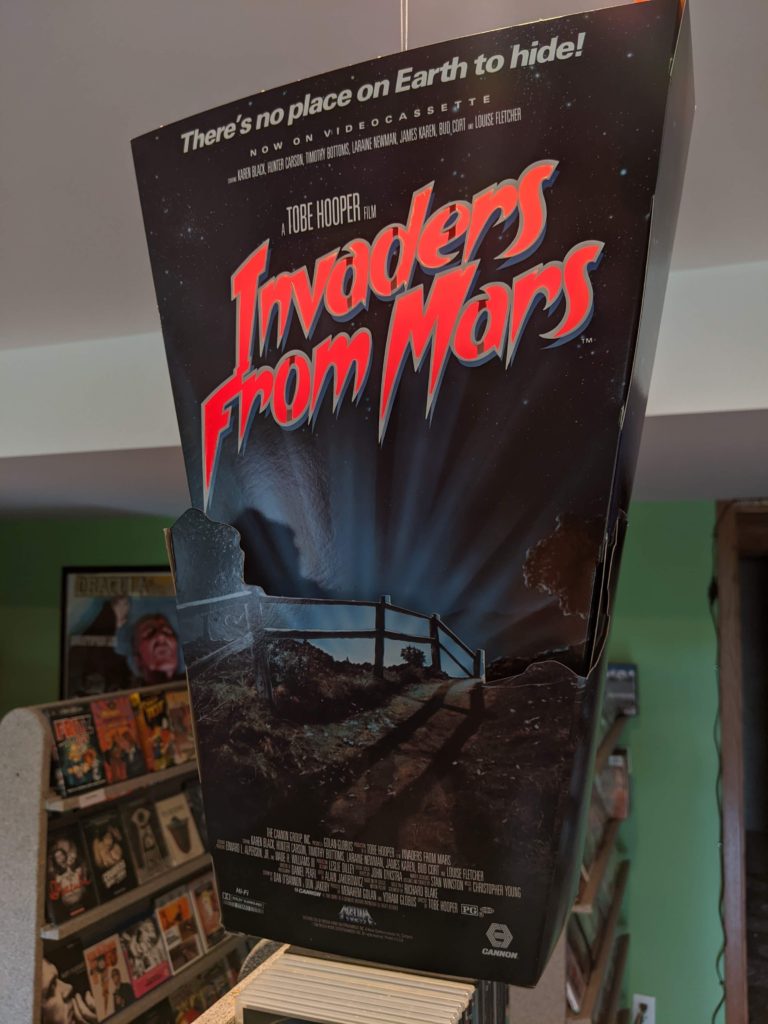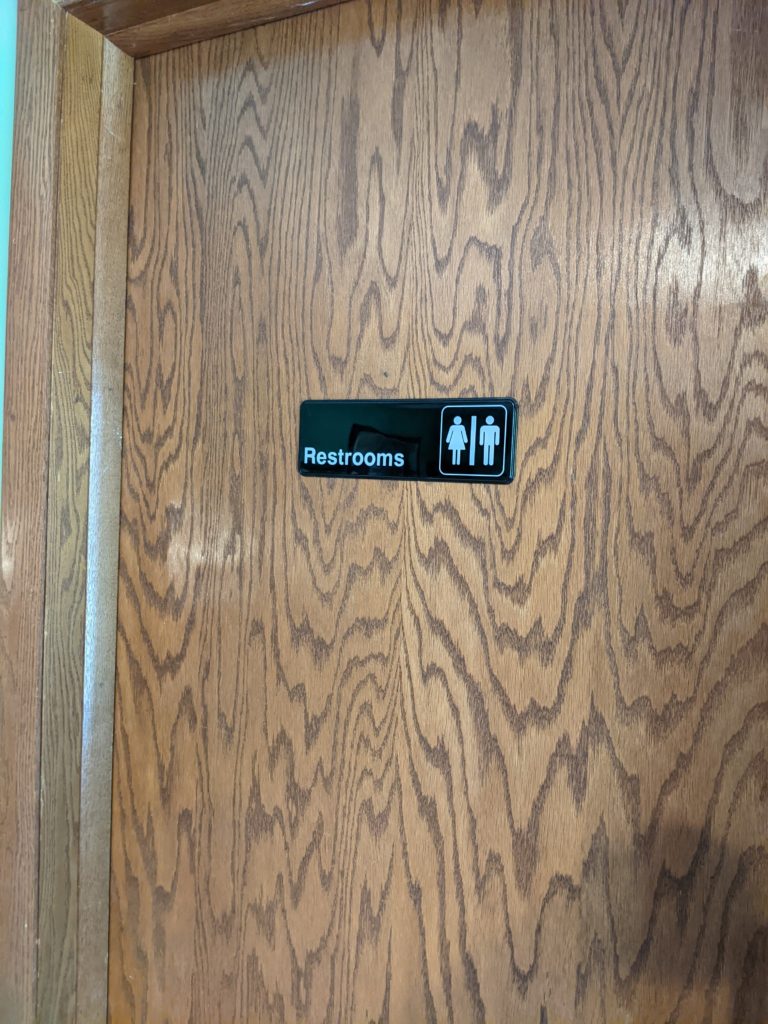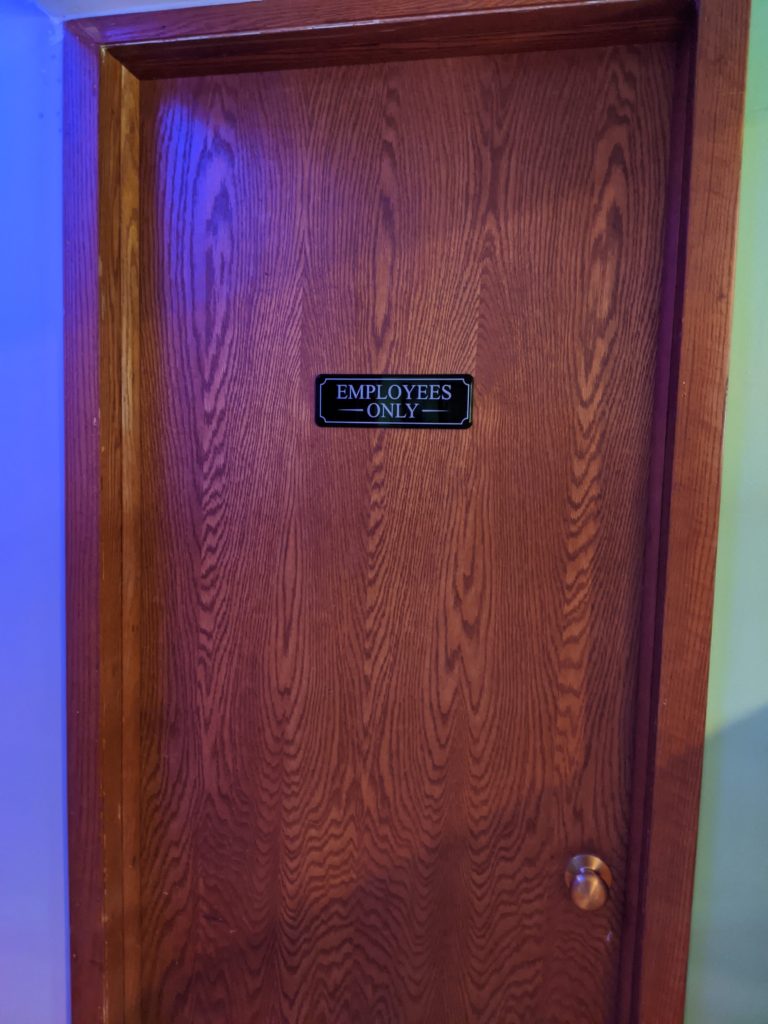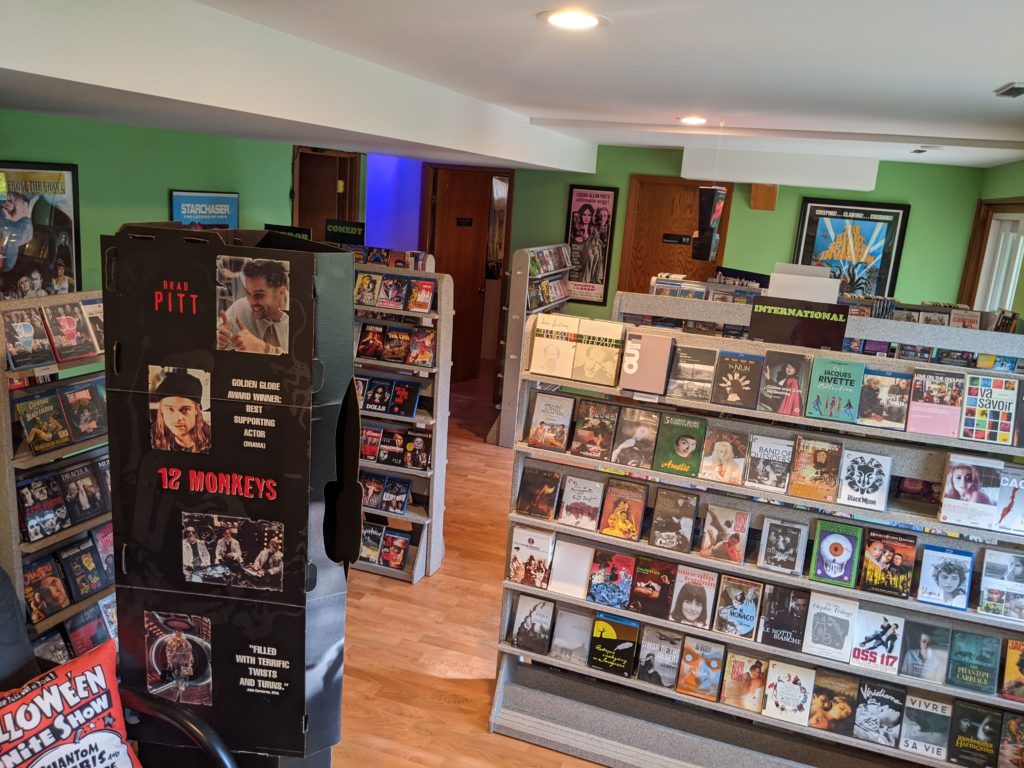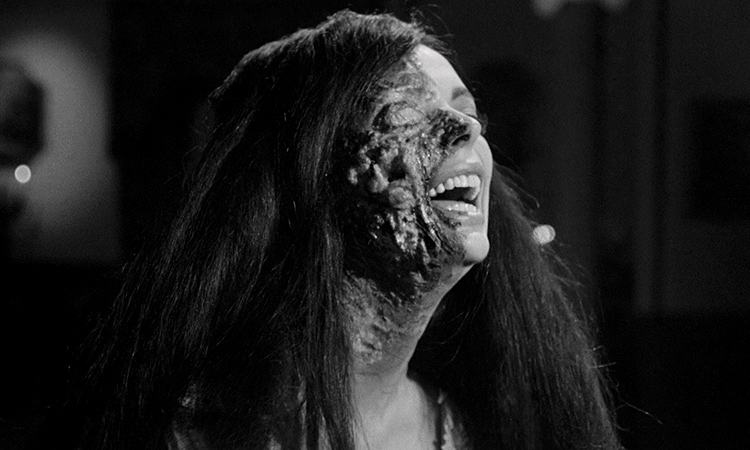
It’s a semi-regular tradition on this site to suggest a program of 24 hours of horror for the indefatigable film buff, which might double as recommendations for those who have no intention whatsoever of adhering to such an pitiless marathon. As usual, the time of day is taken into account with each film (although the logic there may only make sense in my own head), as well as ensuring that the transition from one film to another isn’t too jarring – with a few exceptions, I’m sure.
6am: Nightmare Castle (1965) D: Mario Caiano
From the golden age of Italian Gothic horror comes this Barbara Steele vehicle, cashing in heavily on memories of Mario Bava’s watershed Black Sunday (1960). Steele plays a dual role (again) in a tale which is a convoluted hodgepodge of various Poe motifs and other Italian Gothics, with a mad scientist (the ubiquitous Paul Muller) and his sadistic machinations at the story’s center. The film starts strong, with the (literally) shocking murder of his wife and her lover, and ends with a House of Usher crescendo of Gothic mayhem, including Steele’s vengeful, half-disfigured specter. Available on Blu-ray from Severin Films.
7:30am: Baron Blood (1972) D: Mario Bava
This late career Gothic from Bava features the great – albeit miscast – Joseph Cotten as the mass murderer Baron Otto Von Kleist, brought back to life when a spell is delivered in the Baron’s castle by his great grandson (Antonio Cantafora) and the indulgent castle historian Eva (Elke Sommer). The undead Von Kleist adopts a new identity, purchases the castle, and resumes his vengeful killing, and Bava indulges in some less potent but nonetheless enjoyable set pieces that evoke his colorful 60’s horrors. Available on Blu-ray from Kino.
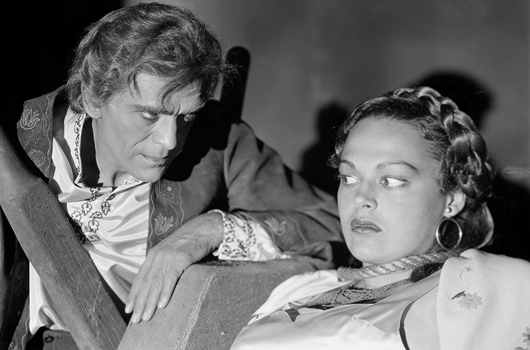
9am: The Black Room (1935) D: Roy William Neill
An early example of Boris Karloff demonstrating that his acting gifts could extend well beyond mad scientists and their monsters, The Black Room, set in the 19th century, features the actor in a dual performance as the gentle, crippled Anton de Berghmann and his sinister twin brother, Baron Gregor de Berghmann, whom it’s prophesied he’ll one day kill. Gregor is a narcissist and sadist who murders his enemies in the secret “Black Room.” This engrossing historical melodrama reaches a finale of poetic justice in the Gothic horror mold. Karloff wouldn’t again have such a brilliant showcase until his collaborations with Val Lewton a decade later. Available to stream from Amazon and on DVD from Mill Creek.
10:15am: In Search of Dracula (1974) D: Calvin Floyd
This theatrically released documentary about the roots of vampire folklore and Bram Stoker’s creation was a staple of October TV programming once upon a time, and is newly available on Blu-ray from Kino. It’s most noteworthy for not only being hosted by Christopher Lee, but also featuring Lee in reenactments as Vlad the Impaler, bearing an uncanny resemblance to the famous bug-eyed portrait when so costumed. The castle of Vlad III is visited, while clips of Lee from Scars of Dracula (1970) feature prominently, and he plays the Count once again in a few crudely staged scenes. Time is also spent on Bela Lugosi’s career leading to his most famous role, and the importance of Nosferatu (1922). In the spirit of Mondo documentaries, we hear dubious proclamations stated as fact and enjoy lurid digressions like a nude horseback ride and an unintentionally hilarious visit with a slack-faced contemporary blood drinker (who allegedly taught himself the practice without ever having heard of vampires!).
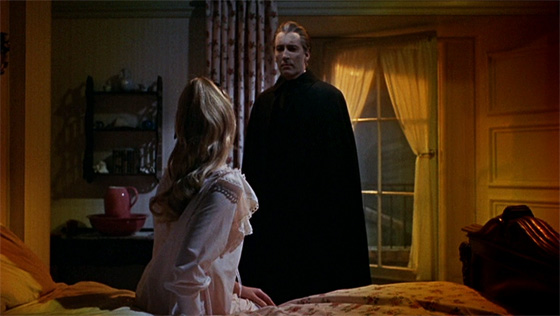
11:45am: Dracula Has Risen from the Grave (1968) D: Freddie Francis
It would only be natural to watch one of Lee’s Dracula films next, so I’ve chosen this psychedelically colored outing from director Freddie Francis, inserting the Count in a mountain village straight out of Grimm’s fairy tales. Picking up where Dracula: Prince of Darkness (1966) left off, the vampire is restored and begins seducing and destroying the local villagers, preying on their weakness of faith. Of the rest of the cast, Veronica Carlson and Barbara Ewing make the strongest impressions as Dracula’s marks, one pure-hearted and virginal, the other sinful-minded and sympathetically lonely. Available on Blu-ray from Warner and streaming on Amazon.
1:30pm: Patrick (1978) D: Richard Franklin
Let’s break free of vampires for the outrageous Ozploitation tale of doe-eyed nurse Kathy (Susan Penhaligon, The Land That Time Forgot) assigned to care for a comatose killer named Patrick who just might have developed powerful telekinetic powers in his immobile state – as well as a crush on his caregiver. Although there are some authentic, impressively unflinching glimpses of the mundane indignities the young nurses in the hospital must suffer, any hints of social commentary are lost beneath shameless moments like Kathy, stepping out the door to fetch the doctor, insisting earnestly to Patrick that he not go anywhere; or a psychic attack scene in a swimming pool which mimics shots and music from Jaws while a topless woman makes out obliviously with her lover in the background. The film is available on Blu-ray from Severin, who have also just released its illegitimate cousin, the Italian knock-off/remake Patrick Still Lives (1980). That film – in which a different comatose Patrick is manipulated by a mad scientist – contains plenty of ridiculous, sleazy, J&B whisky-soaked fun, but also a scene of a such graphic, misogynist sexual violence that it can only be recommended to those seeking the most extreme limits of Italian exploitation cinema – and which is why it’s absent from this list.
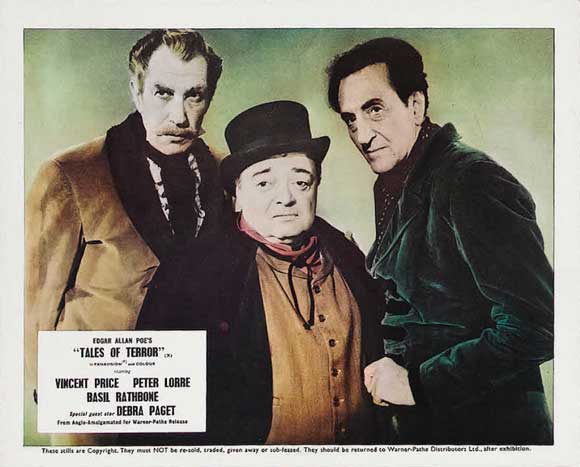
3:15pm: Tales of Terror (1962) D: Roger Corman
Halloween is never complete without Vincent Price, especially in his Corman/Poe incarnation. A favorite is the anthology Tales of Terror, which unites Price with Peter Lorre and Basil Rathbone for adaptations of “Morella,” “The Black Cat,” “The Cask of Amontillado,” and “The Facts in the Case of M. Valdemar.” The second and third Poe tales are cleverly grafted together by screenwriter Richard Matheson into one, with Lorre indelibly portraying (“for the love of God”) Montresor. Over-the-top entertainment that knows exactly what it is and should be – and vastly superior to the comparatively lethargic Twice Told Tales, Sidney Salkow’s attempt the following year to copy the formula with Price starring and source material by Nathaniel Hawthorne. Available on Blu-ray from Kino and streaming on Amazon.
4:45pm: Torture Garden (1967) D: Freddie Francis
Our second Freddie Francis film in the marathon is one of the stronger anthologies from Amicus, written by Robert Bloch (Psycho) from his own short stories. Burgess Meredith plays Dr. Diabolo, a carny with a devilish goatee and mustache, whose carnival exhibit invokes morality plays about an evil cat, Hollywood androids, a haunted piano, and obsessive collectors of Edgar Allan Poe. This final tale, starring Peter Cushing and Jack Palance, is worth Diabolo’s price of admission alone. Available on Blu-ray from Mill Creek, Indicator (UK), and streaming on Amazon.
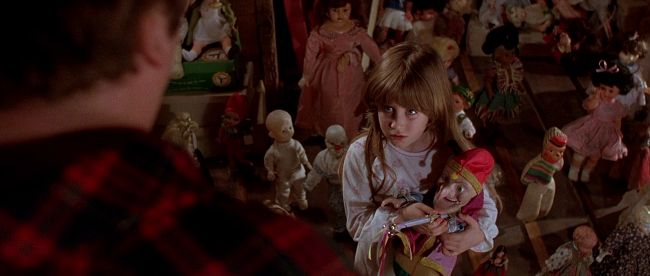
6:30pm: Dolls (1987) D: Stuart Gordon
Stuart Gordon passed away this year, leaving behind an abundance of witty – and frequently grisly – genre films including his Lovecraft adaptations Re-Animator (1985), From Beyond (1986), and Dagon (2001). Dolls, made at the expedited request of Charles Band and his Empire Pictures, qualifies as one of Gordon’s lighter films, almost a lark – light on gore, and with a brief running time. But it distinguishes itself from all those other Charles Band-produced killer doll movies by mustering a fairy tale atmosphere from the low budget and gifting us with at least one stop motion horror scene (by David Allen) that resembles the work of the Brothers Quay. It’s also very funny. Formerly available on Blu-ray from Shout Factory (now out of print), it can be found streaming on Amazon.
8pm: The Changeling (1980) D: Peter Medak
One of the best haunted house tales of the 80’s (though it feels like a late addition to the cycle of 70’s occult horror films featuring A-list actors), this chiller from Peter Medak stars George C. Scott as a famed composer who recently lost his wife and daughter in a terrible accident. Taking up residence in an historic house in Seattle owned by a powerful senator, he’s surprised to find that it’s haunted by a very active ghost – one trying to communicate a secret that’s been hidden through the decades. Forcefully spooky throughout, its mystery only becomes more engrossing as it goes on – and Scott doesn’t phone it in, bringing all his trademark gravitas to each revelation. Available on Blu-ray from Severin.
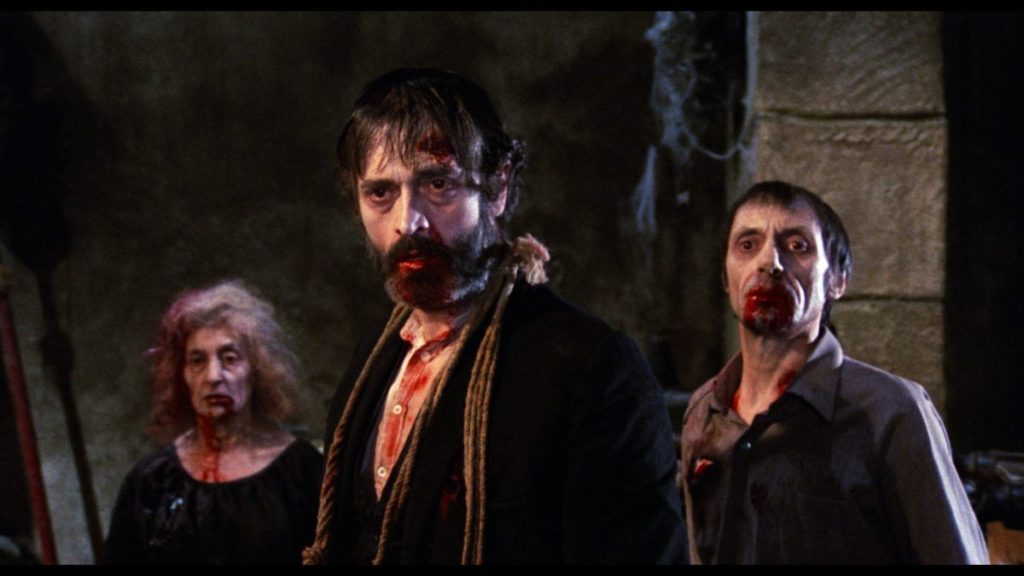
10pm: The Living Dead at Manchester Morgue (aka Let Sleeping Corpses Lie, 1974) D: Jorge Grau
One of Edgar Wright’s favorite horror films, this UK-shot, Spanish-produced picture from director Jorge Grau (Blood Ceremony) succeeds in part because it takes its time establishing interest in its characters and building a certain quiet, claustrophobic dread before getting round to zombie terror (a plague spread by a farmer’s experimental form of pest control). As you’d expect, Grau borrows heavily from Night of the Living Dead, but in all the good ways – including importing Romero’s knack for social commentary and drawing believable, self-defeating conflicts between his characters, deepening the feeling of tragedy and the sense that this couldn’t go down any other way. Available in a gorgeous new Blu-ray (as part of a limited edition 3-disc steelbook, including a soundtrack CD) from Synapse Films.
11:45pm: At Midnight I’ll Take Your Soul (1964) D: José Mojica Marins
Often cited as Brazil’s first horror film, At Midnight I’ll Take Your Soul introduced the world to Zé do Caixão, “Coffin Joe” (director Marins), the snaggle-fingernailed, top hat-wearing atheist undertaker who tortures and kills those who in get in the way of his quest for the perfect woman. Poisonous spiders, vengeful ghosts, and squirming maggots are the order of business in Coffin Joe’s first outing, to be followed by appearances in comic books and sequels (including the superior This Night I’ll Possess Your Corpse) as the villain became a South American horror icon. The multi-faceted Marins passed away in February of this year, so this midnight entry in our marathon serves as a tribute to his dark carnival of a career. Available on DVD from Synapse Films.
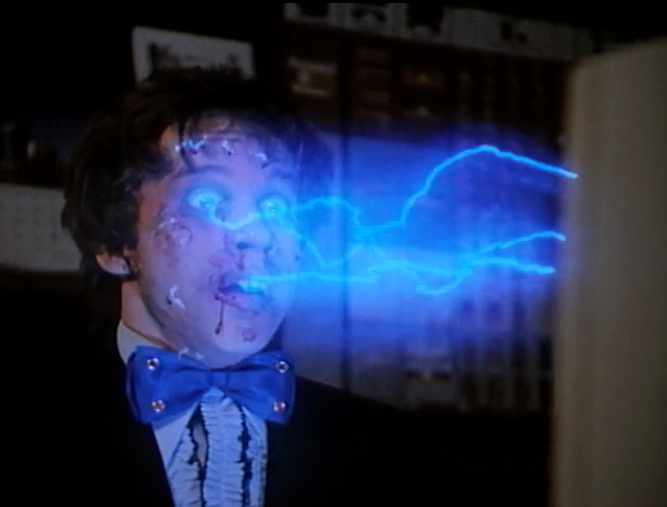
1:15am: Hello Mary Lou: Prom Night II (1987) D: Bruce Pittman
The best of Canada’s Prom Night franchise is this wild supernatural slasher which is more influenced by the surreal gore and black comedy of the contemporaneous Nightmare on Elm Street films than anything in the Jamie Lee Curtis-starring, standard-template-slasher film of 1980. Sexy 1957 prom queen Mary Lou Maloney (Lisa Schrage) returns from the dead to torment modern-day teens as prom night approaches. Inventive special effects and creative deaths elevate this slasher, along with appealing characters and some genuine wit amongst the bloody messes. The film received one direct follow-up in Prom Night III: The Last Kiss (1990), but loses the balance, playing as a sloppy parody of horror films with lazier jokes. Available on Amazon Prime Video.
3am: Return of the Living Dead 3 (1993) D: Brian Yuzna
Speaking of unrelated sequels, the third Return of the Living Dead largely abandons the horror-comedy formula set by Dan O’Bannon in the first film and exploited (less successfully) by Ken Wiederhorn in Part II. Brian Yuzna, director of the notorious satire Society (1989) as well as Bride of Re-Animator (1990), delivers a tale that could be described as Rebel Without a Cause meets Romeo and Juliet – except this Juliet (named Julie and played by Melinda Clarke) happens to be degenerating deeper and deeper into a state of mindless brain-eating while her hapless boyfriend sticks by her side. What makes this film work, apart from the excellent effects makeup by Steve Johnson (Night of the Demons, Big Trouble in Little China), is the fact that it more or less adheres to the tragic arc of Shakespeare’s time-tested story – just with more flesh-eating. Available on Blu-ray as part of Lionsgate’s Vestron Video line, as well as Amazon streaming.

4:40am: Martin (1977) D: George A. Romero
We circle back to modern-day blood drinkers (following up on In Search of Dracula) with Martin, George Romero’s fascinating character portrait of a young man named Martin (John Amplas) who may or may not be an ageless vampire. He’s taken under the wing of a relative, a toxically repressive elderly Catholic convinced that Martin is a vampire and needs to be controlled with crucifixes and garlic. Meanwhile, Martin – who in fact drugs, kills, and drinks the blood of his victims – develops a hesitant romance which may offer hope of initiating a kind of self-reinvention. Romero’s low budget but remarkably sensitive film has been difficult to see in recent years (the DVD has gone out of print), but a long-in-the-works restoration is expected to be released on Blu-ray in the near future by Second Sight in the UK, who are also on the cusp of releasing Romero’s Dawn of the Dead in a lavish box set.
